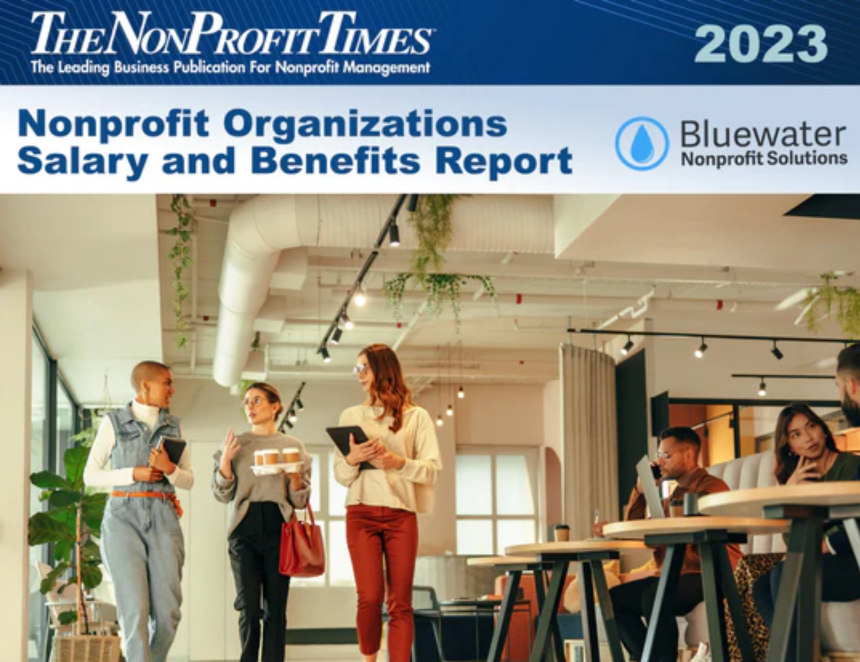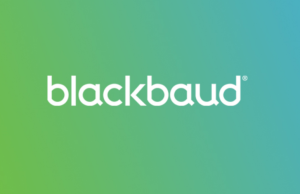The Boy Scouts of America (BSA), which in recent years has been rocked by declining participation, a coronavirus pandemic that limited in-person gatherings, sexual abuse litigation and Chapter 11 bankruptcy restructuring for the national organization, is being rebranded. As of February 8, 2025, the Irving, Texas-based national organization will be known as Scouting America.
That date coincides with the 115th anniversary of the organization’s founding. The rebranding is being supported by marketing and public relations agency FleishmanHillard. The New York City-based agency has worked with the BSA intermittently for years, and was reportedly brought on as agency of record, with a mandate to focus on the rebrand, in November 2023. Financial details of the arrangement were not available.
In part, the new name reflects five years of the organization welcoming females into its ranks. The organization currently hosts more than 176,000 girls and young women in its programs, including more than 6,000 who have become Eagle Scouts – the organization’s highest rank.
“Though our name will be new, our mission remains unchanged: we are committed to teaching young people to be Prepared. For Life,” President and CEO Roger A. Krone said via a statement. “This will be a simple but very important evolution as we seek to ensure that everyone feels welcome in Scouting.”
The name change also represents a break with the nonprofit’s troubled recent past. In 2020, the national organization filed for Chapter 11 bankruptcy protection in the face of widespread allegations of sexual abuse of members. The bankruptcy proceedings did not include several hundred local BSA entities, which are separate, independent 501(c)(3) organizations.
The BSA national organization emerged from Chapter 11 in April 2023, when a Plan of Reorganization called for it to establish a Victims Compensation Trust valued at the time at $2.4 billion, although that figure did not include additional potential contributions from the BSA’s insurers that had not settled at the time.
More than 130 million Americans have been through Scouting programs since its founding in 1910, and currently, more than 1 million youth, including both men and women, are served by 477,000 dedicated adult volunteers in local councils throughout the country. To date, more than 2.75 million youth have earned Scouting’s highest rank of Eagle Scout.
Participation in the BSA has been waning for several years due to several factors. According to the organization’s annual report for 2018 – the first year girls were accepted into the organization – the “BSA Family” consisted of slightly more than 1.23 million Cub Scouts and 789,784 Boy Scouts. As of its 2023 annual report, participation had dropped to 574,365 Cub Scouts and 392,275 “Scouts BSA.”
The falloffs haven’t been limited to participation. According to the organization’s Consolidated Statement of Financial Position for 2018, BSA had total assets of just more than $1.56 billion, including around $108 million in cash and cash equivalents, $91.2 million in pledges receivable and $6.7 million in gift annuities. As of its 2022 statement – the most recent one available – total assets had fallen to just over $1.01 billion, including pledges receivable of $14 million and gift annuities of $4.8 million. Cash and cash equivalents, however, had nearly doubled to $197.8 million during the five-year period.
The rebranding effort might help the organization turn its fortunes around. There is “a clear link between rebranding and fundraising”, according to The Rebrand Effect: How Significant Communications Changes Help Nonprofits Raise More Money, an unrelated report from nonprofit-focused communications cooperative Big Duck.
The report, which was based on surveys completed by 351 nonprofit decision-makers, found that 50% of nonprofits realized revenue increases since they changed their branding and communications, while another 21% indicated it was too soon to evaluate the impact of their changes. Furthermore, 31% said the changes definitely resulted in increased retention and 36% said it was too soon to tell.
In some cases, rebranding also yielded organization cultural benefits. Nearly six in ten respondents (58%) said they had more confidence in staff’s ability to represent the organization well, and one third indicated the rebrand would help them recruit better board members.
All that said, a rebrand alone is probably not enough to cure a nonprofit’s woes. As the report authors caution, “Many nonprofits that experienced the greatest benefits from rebranding had other variables in motion, too — like a new strategic plan, or a staff committed to moving forward with branding and communications changes.”











